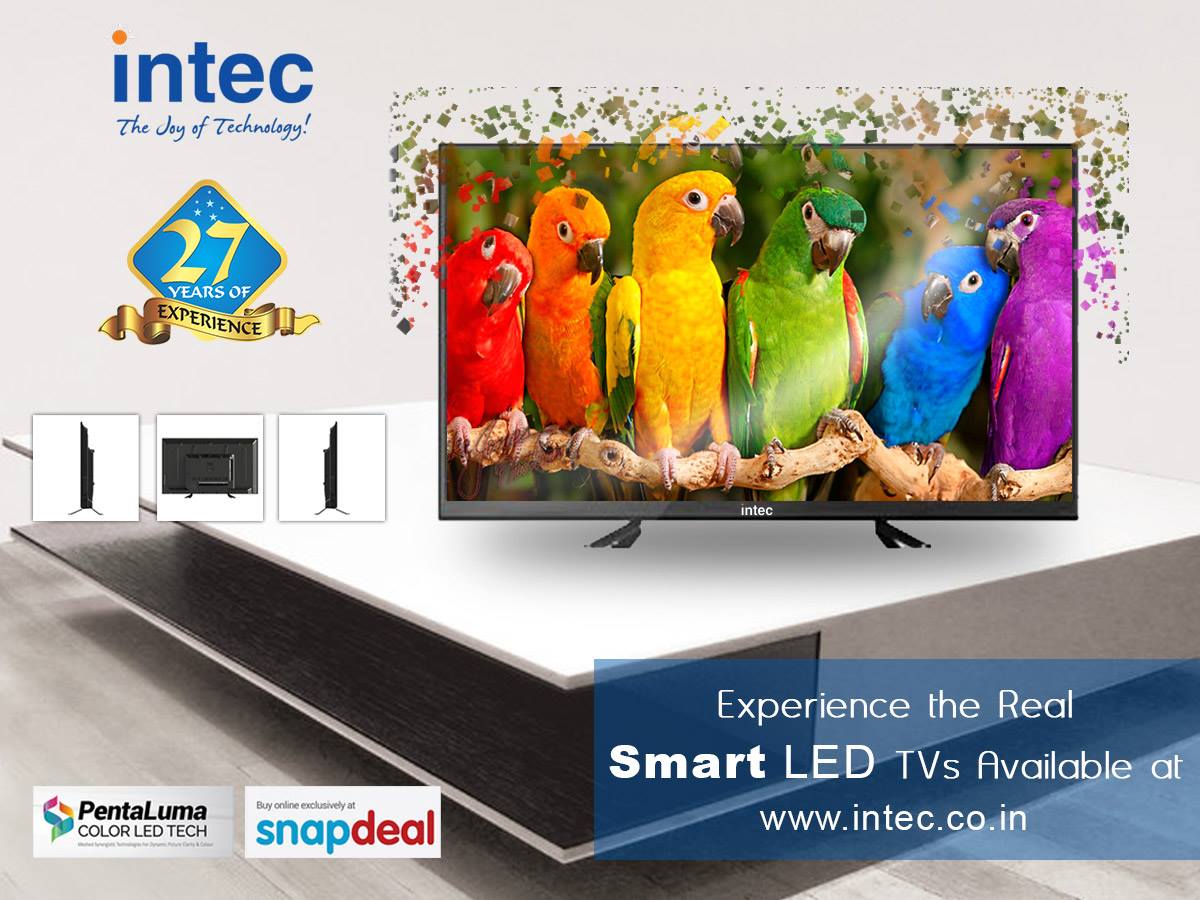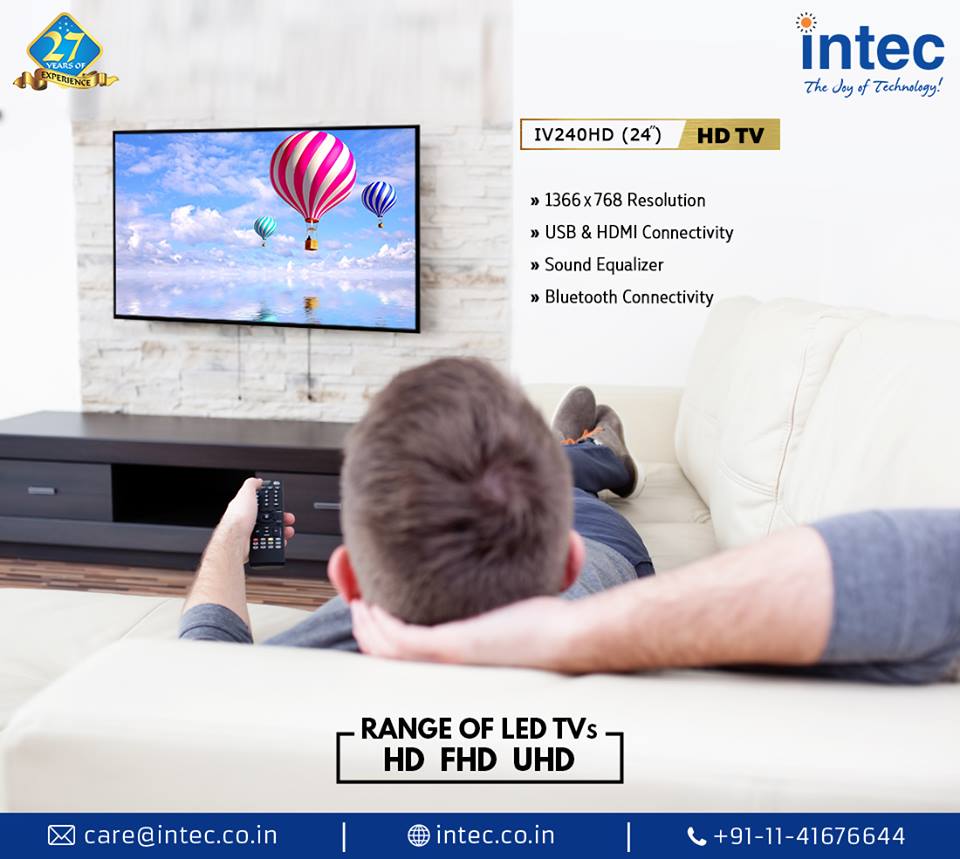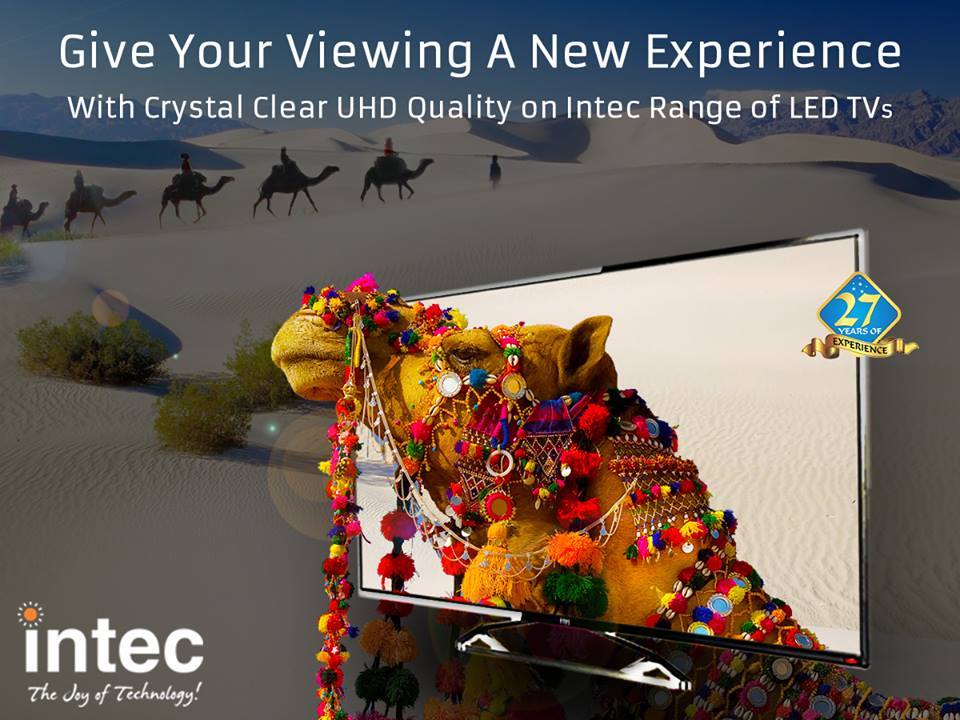The human capacity to see the resolution and price of the devices are some mysteries unraveled
Smart TVs 4K has finally become a viable option for Indian consumers, who find a wide variety of models on the market. The best LED TV manufacturer in India such as Intec are present in the domestic market with devices of different sizes and specifications.
- Is every 4K the same?
Myth. When reading “4K”, we think that best LED TV manufacturer in India are always talking about the same characteristic, but not quite. The Consumer Electronics Association (CEA) has released the term Ultra High Definition (UHD) in 2012 to describe devices with at least 3840 x 2160 pixels. The idea was to replace the name “4K”, standard developed for the cinema screens and with a resolution of 4096 x 2160 pixels. However, the fact is that the organization has no regulatory power. Thus, a manufacturer can sell 4K smart TVs with 4096 x 2160 pixels, while another sells 3840 x 2160 pixels, also 4K devices.
- Are curved TVs better?
Myth. Manufacturers often advertise smart curved TVs as being better at increasing the feeling of immersion, covering the higher field of view of the viewer. It is right on a desktop monitor, but not for smart TVs. There are two crucial differences between these two panels: the size and number of viewers. On the computer, the immersion result is useful because only one person is facing the screen. But the TVs are designed to be seen by more than one person, which changes all the dynamics. In this scenario, whoever is at the end of the sofa will see a distorted image, besides not enjoying immersiveness.
- Does the human eye not distinguish 4K?
Partly true. The human eye has a fixed ability to capture the resolution. That means that for more pixels that appear on the screen, there is a limit from which it will not make a difference to our view. On average, an individual can distinguish separate objects in a range of 0.1 mm at a distance of 25 cm. Despite this, you probably will not sit less than 25 cm from a 4K TV. If you do, then the difference between Full HD and UHD is visible.
- 4. Is there little content available?
Truth. Indeed, there is much more content available today than when the standard was released. The Play Globe displays part of its programming in 4K HDR on smart TVs since 2016. The Netflix also offers movies and series in Ultra HD, as well as other streaming video platforms.
- Is OLED Panel Better Than LCD?
Truth. OLED technology brings an improvement over LEDs. The lighting system is pixel-by-pixel, unlike what happens on the LCD and LED screens, where a single back panel illuminates everything. The result is greater control over brightness and contrast, as well as more accurate color emission and darker dark tones.
The technology does not interfere in anything with the number of pixels: a 4K OLED display has the same 3840 x 2160 pixels as a 4K LCD or LED. The gain in image quality lies in the improvement of color and contrast, something that critics of “how much better resolution” are always pointing to more critical specifications.










